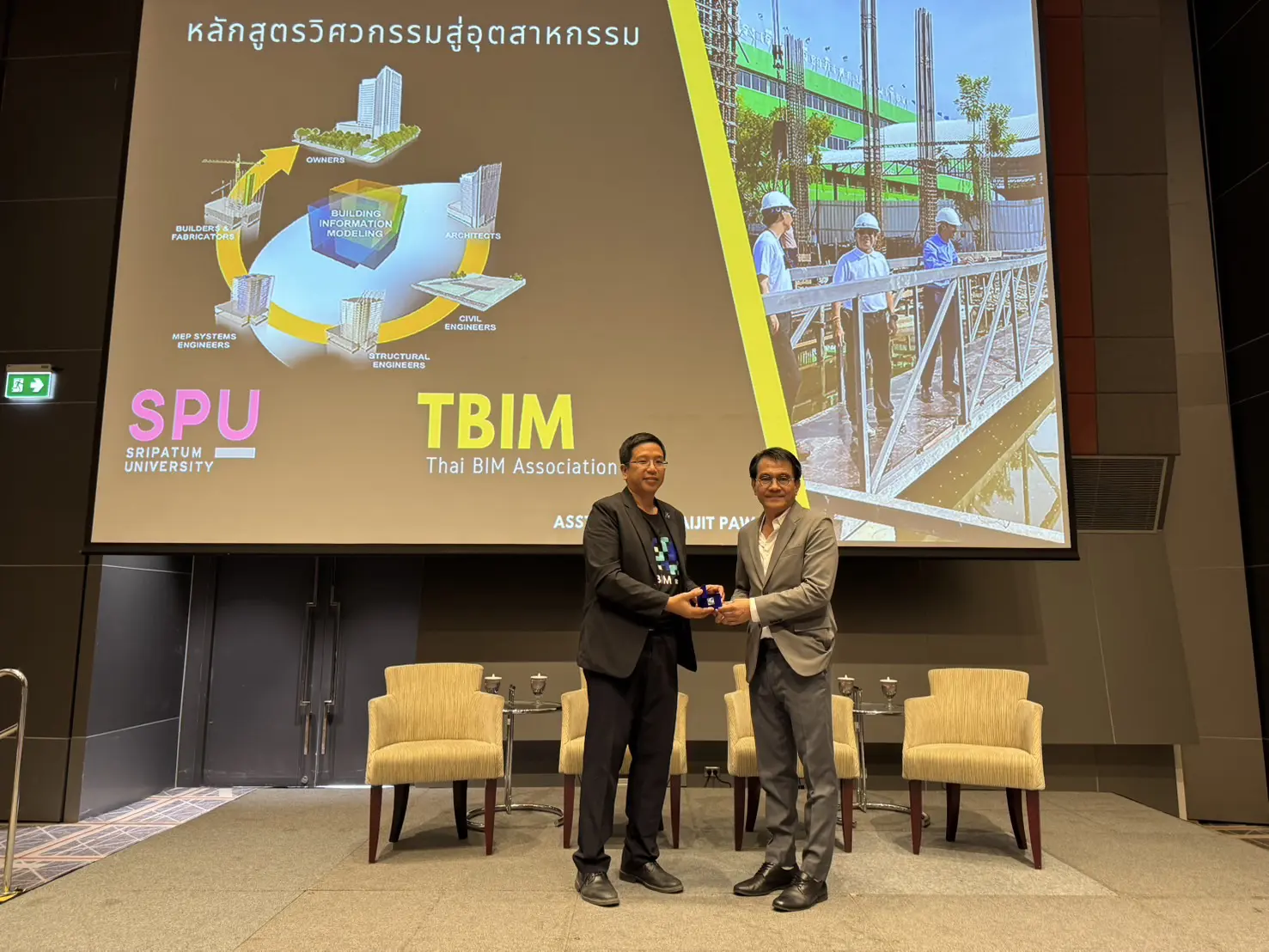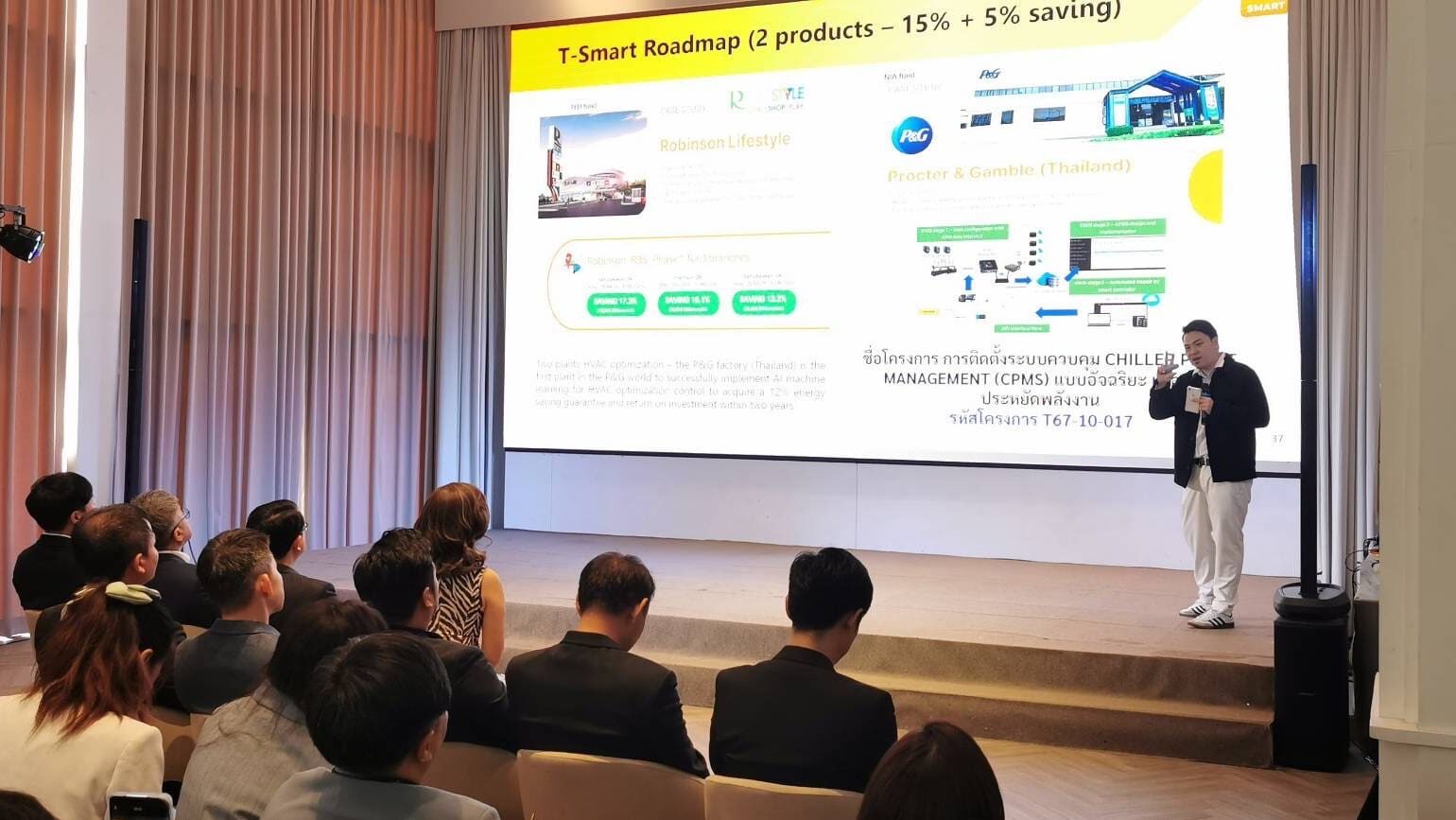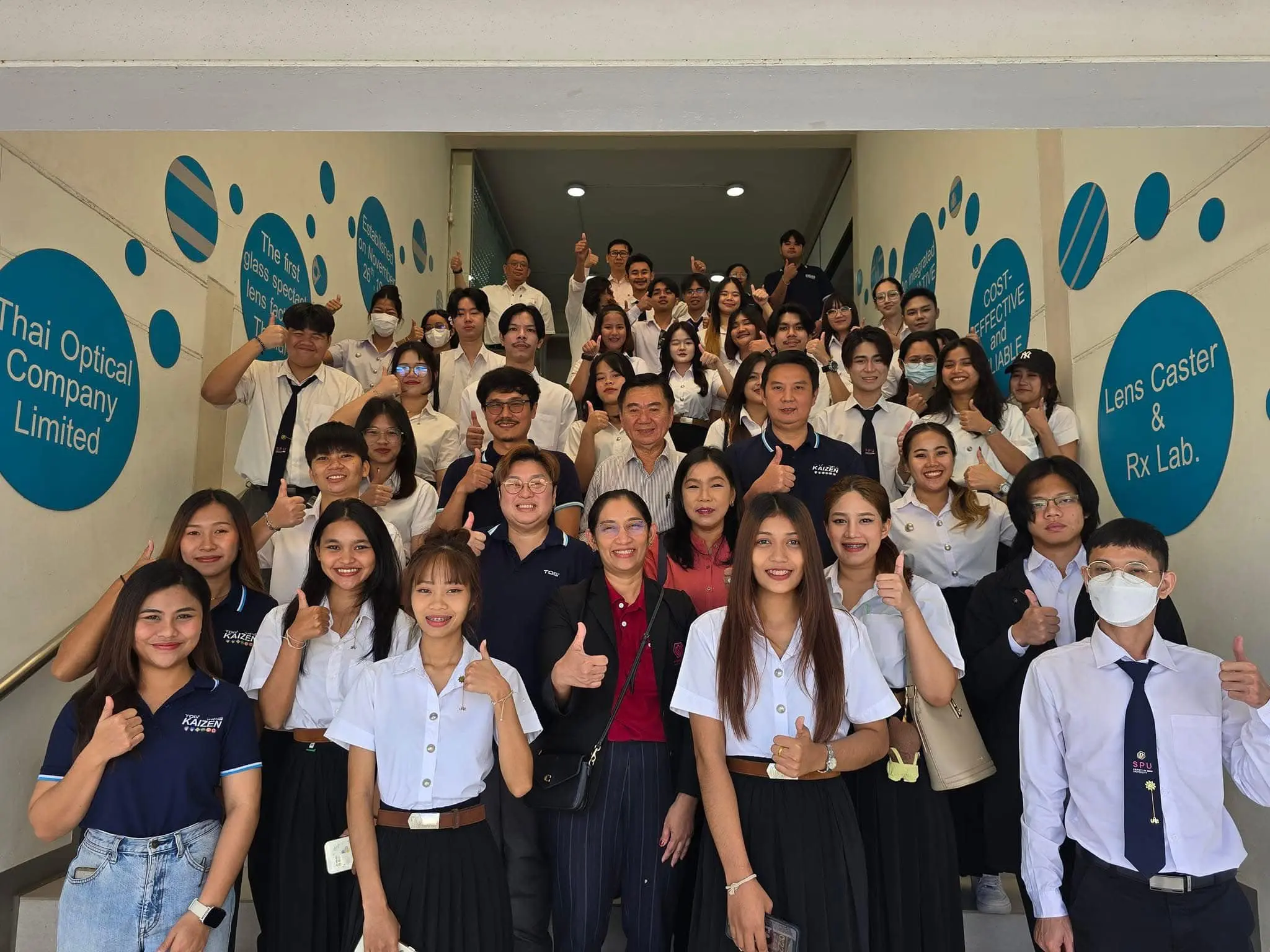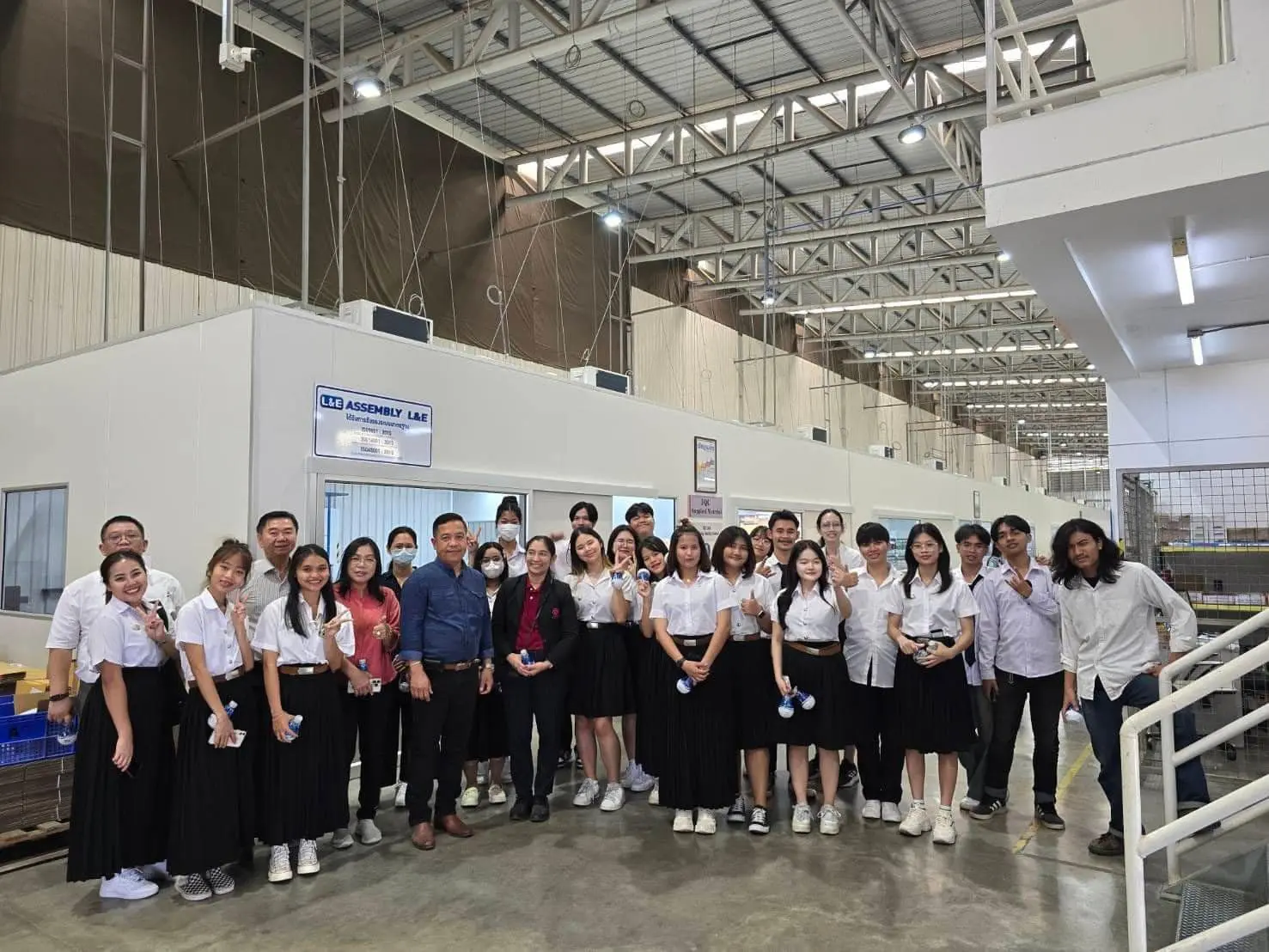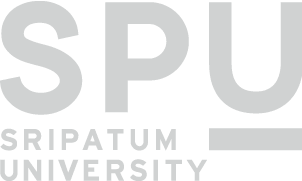For those who are interested, you can search for good information from engineering at>>> http://bit.ly/2zg7KqP
“Outstanding achievements of the year”
Active Research (Active Research)
“ Why do teachers do research? “
It is to develop knowledge and to use the results of research for practical purposes, etc. This answer should be a basic answer that all teachers often discuss. But… but do you know that there is another answer that may make you feel uncomfortable when listening to it?
“Because of KPI” or “Because of OHEC criteria”
This is a real thing that is happening right now. So this KM, we have to seriously discuss/exchange about this issue about Active Research.
Another question that follows is whether the research that has been done is useful or not? Most of the time, there is no evidence to confirm the use of research results, except for writing a certificate that the research has been used in this area or that area. So what should we do to truly have Active Research (research that is actually used)?
Information from the lecturers of the Graduate School of Management, Good Practice states:
Research questions to achieve Active Research (research for practical use) should start with research questions. The research questions should come from actual users of the research results, such as receiving research questions from the industrial sector, business sector requesting assistance/advice on business problems, etc. From the research questions obtained, the research will actually help solve problems in the industrial or business sector, not just research where the knowledge obtained remains stagnant, waiting for the day it disappears, or the results are used for policy, but no change is seen.
So how can teachers get research questions from the industrial sector?
Research problem finding tools Since the university has a course called Cooperative Education, lecturers can go and create connections with the industrial sector. The lecturers must demonstrate their knowledge and expertise in the industrial sector. After that, the industrial sector will start to give lecturers space to help think, solve problems, or ask for advice or give them research problems (in fact, in KM, it is called letting lecturers create miracles). In addition to the cooperative education course, there are also academic service activities and project courses where lecturers can create connections with the industrial sector (information from lecturers from the Faculty of Information Technology).
Results of Active Research (actual research)
- Is the research truly useful or is it truly applied research?
- Teachers have more space in the industrial sector.
- Teachers can truly develop knowledge.
- The professor has published research works.
- Students are taught through real-world experiences gained through research.
- Students are employed or trained in industry.
From the information above, do you see now that Active Research (real-world research) or what we know as applied research does not focus on fixing or increasing KPI scores or meeting OHEC criteria or even publishing work? Rather, it is a part of a teacher’s work that requires knowledge and expertise to solve problems or develop through the research process. The important result is the application of research experiences to teaching to reduce the traditional lecturing style. Having said this, if we do not link it to Active Learning, it will seem lacking. So, let’s see what we have learned from this KM in terms of Active Learning.
Active Learning
Active Learning in KM this time, we began by sharing the results of the 2016 SPU-Teaching and Learning Forum project in the section presenting the teaching development work of teachers in the form of posters. It can be seen that all 17 works are teaching innovations that teachers developed, some based on theory and some based on their own teaching experiences. Therefore, the question arose: Can teaching innovations be called Active Learning?… In the KM meeting, there was no direct answer to that question, but instead, we came together to exchange ideas about what Active Learning is.
Consistent conclusions found that Active Learning is any teaching technique that stimulates or makes learners participate in thinking or analyzing (Involve) during teaching. If in the classroom there are activities for learners to participate but they do not think or analyze together, it is still not considered Active Learning but only Participation, in which learners may not receive learning according to the objectives.
From the Active Learning issue, the lecturer from the Faculty of Information Technology gave an example of teaching by starting with letting students see the end goal of learning, which is that students must obtain equipment to solve problems for the industrial sector and choose to use Project Based Learning, which has assignments from the industrial sector (which is linked to Active Research (real-world research) mentioned earlier). This type of teaching and learning is quite clear that students participate in thinking or analyzing to develop equipment, which students may not even feel like they are in the classroom. In addition to students really getting Active Learning, it also leads to research results resulting from students’ learning, which can be applied in real life and be published.
Another important point is creating Inspiration for learners. Teachers must assure learners that they are doing the right thing, which will help create more inspiration for learning. Therefore, 1) setting goals for learners to know, 2) choosing appropriate teaching techniques to create real Active Learning, and 3) enhancing Inspiration by creating confidence that learners are doing the right thing will help create Active Learning. Attached files




